Oh Rome! My country! City of the soul!
Explore the neighborhoods of Rome - From the grandeur of the Colosseum to the authentic gems of Garbatella, the Eternal City welcomes you with its rich historical and cultural heritage. Discover lesser-known yet equally fascinating neighborhoods, far from the tourist chaos but filled with authenticity and traditions. You'll experience the authentic essence of Rome.
Purchase the Visit Rome Pass for an unforgettable vacation and enjoy all the wonders of the city without queues or worries. Explore over 50 attractions, from famous monuments to hidden gems. Getting around the city will be easy and convenient, with numerous exclusive discounts and benefits.
Treat yourself to the pleasure of discovering monuments and neighborhoods at your own pace and savor the delicious traditional Roman dishes between visits. You'll have an authentic and unparalleled experience with the Visit Rome Pass. Don't miss this fantastic opportunity for a delightful journey in the Eternal City. Happy travels and enjoy the fun!
https://www.buyromepass.eu/itDistricts in Rome you must visit

This small premise is to underline the impossibility even for its citizensto get to fully and deeply explore all that only Rome, an authentic open-air museum is capable of offering to our eyes and soul. Churches, squares, fountains, ancient buildings, historical residences, remains of ancient ruins, villas, parks, bridges, museums of remarkable interest and value, treasures contained therein, breathtaking views... It would be an endless list even if we wanted to plan a hypothetical virtual itinerary based on a criterion by area (the famous districts), rather than by historical period (Roman era, Middle Ages, etc.) or by type (religious buildings, civil buildings, etc.). The capital of Italy, founded on 21 April 753 B.C. and with 2774 years of age - ed. in the year 2021 - doesn't mean only Colosseum, Roman Forum, Palatine Hill, Spanish Steps, and Piazza Venezia... it is an agglomeration of history, culture, and traditions giving life to a social and urban fabric that is unique in the world. Every single corner of the city, starting from any of the 22 historic districts that make up the heart of Rome, to the most extreme or apparently "marginal" suburb, contributes to creating the priceless heritage of a city that is unique in the world. So, during this excursus, we will focus on the districts not always visited by mass tourism, but no less relevant or lacking in artistic and cultural interest. Let's see them together!
5. The Caelium
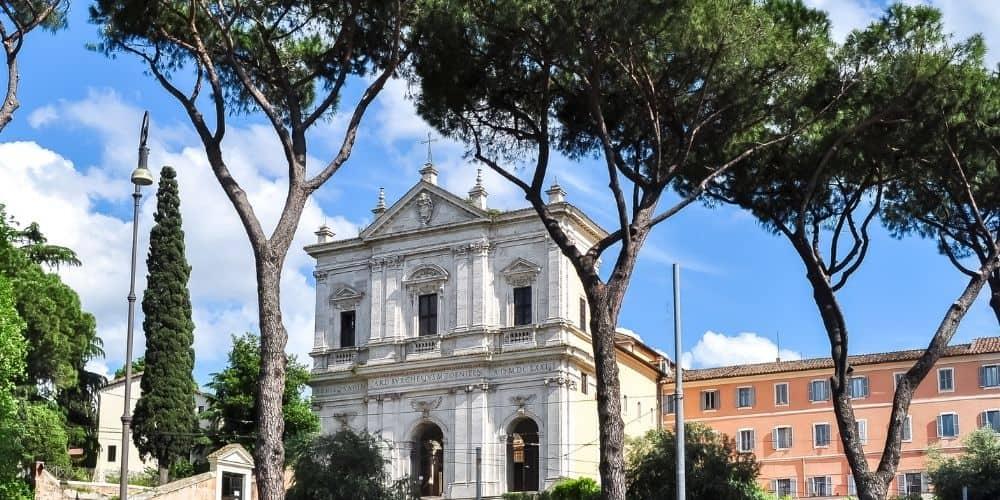
The Caelium District takes its name from one of the seven hills on which it stands and overlooks the plain on which Esquiline, Quirinal, and Viminal hills also rise. The origins of the name Caelium date back to the Etruscan Celio Vibenna, one of the two brothers of Vulci who helped Servius Tullius to become king of Rome. In addition to the world-famous Colosseum, about which there's no need to talk, many treasures are kept here, such as the Church of San Clemente and the Church of SS Quattro Coronati, located in the area towards San Giovanni in Laterano. This part of the Caelium is certainly the one that attracts large flows of people, not only tourists, thanks to the numerous gay-friendly cafés and bars just behind the Flavian Amphitheatre. Also well preserved in the immediate vicinity is the Arch of Constantine, erected in the 4th century to commemorate Constantine's victory over Maxentius during the Battle of Ponte Milvio. Located between the Palatine and the Caelium hills, on the ancient Street of Triumphs, it represents a marvelous example of Roman sculpture. In addition to this busier and more frequented portion, towards Caracalla Baths, we undoubtedly find a much less chaotic and livable environment, not lacking in places of interest for visitors such as the Park of Celio and Villa Celimontana, the churches of Santo Stefano Rotondo, Santi Giovanni e Paolo and Santa Maria in Domnica and the archaeological site of the Roman Houses. Don't miss San Gregorio Magno complex with its church, monastery, garden, and oratories. The ideal place for those who do not like the confusion caused by mass tourism, tourist buses, vendors, and chaos to enter another dimension, within an enchanting space.
4. Quartiere Coppedè

The Coppedè district is made up of a group of buildings located in the Quartiere Trieste, between Via Salaria and Via Nomentana, not far from the historical centre but off the beaten tourist itineraries. It is not actually a real neighbourhood or district, but Gino Coppedè - the architect who designed it and from whom it took its name- named it like this improperly. However, it is one of the most fascinating and eclectic corners of Rome, combining Art Nouveau, Art Deco and considerable Greek, medieval, Gothic and even Baroque influences. Its building lasted from 1915 to 1927 and was completed by the architect Paolo Emilio Andrè, his son-in-law, when Coppedè died.
The main entrance to the district, from the Via Tagliamento side, is through a large arch joining two buildings, the Ambassadors' Palaces, from which hangs a large and very unusual wrought iron chandelier. The square is bordered by buildings that differ greatly in shape and size. The two main ones, which stand out from the rest, are the Palazzina del Ragno (or Spider's House), of Assyrian-Babylonian inspiration and featuring a large spider on its façade, and the Villino delle Fate (or Fairy House). The latter is totally asymmetrical, with medieval arches and friezes and made of different materials (marble, brick, travertine, terracotta, and glass).
The core of the complex, 26 small buildings and 17 small villas, winds around Piazza Mincio where we can admire the famous Fountain of Frogs. It is a monumental fountain populated by 12 frogs, which also became famous because the Beatles bathed in it, wearing all their clothes, after a concert in a well-known discotheque nearby. The atmosphere, although characterised by a mix of artistic languages, is almost surreal, fairy-tale and enchanted. And it is precisely this dreamlike, fairy-tale dimension that has often turned this place into a film set for various films: "Inferno” e “L’uccello dalle piume di cristallo” di Dario Argento, “Il profumo della signora in nero” di Francesco Barilli, “Ultimo tango a Zagarolo” di Nando Cicero e “Audace colpo dei soliti ignoti” di Nanni Loy.
3. Testaccio
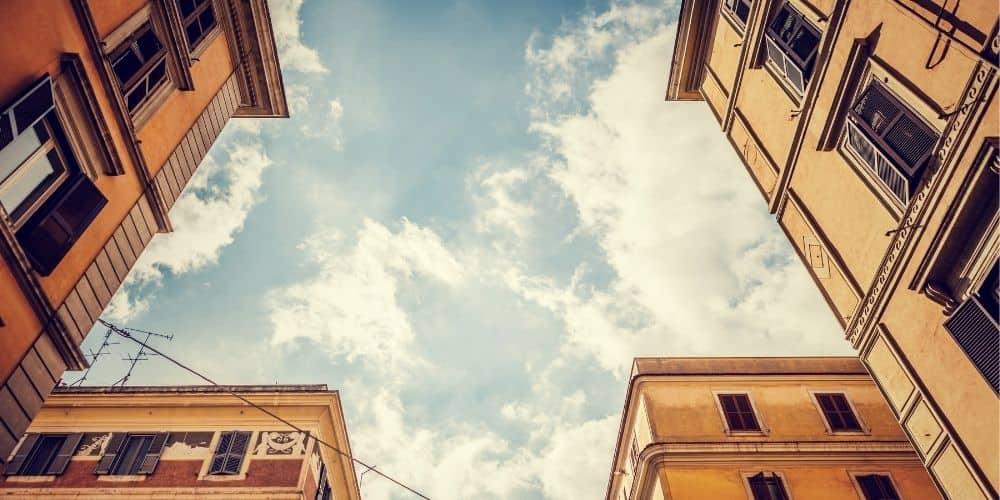
The district takes its name from Mount Testaccio and is also popularly known as monte dei cocci (or shard mount). In fact, in Latin mons testaceus means "mountain made of shards" from: testae, meaning "tiles", "amphorae" or "shards". In fact, from the time of Augustus until the third century, this area, on which this sort of artificial hill was created, was used as a dump. As a matter of fact, all the amphorae coming from the nearby river port of the Emporium, once emptied of their contents, were broken up and piled up in a more or less orderly manner. It is important to note that, thanks to these shards and fragments of amphorae, the Canadian gastronomic archaeologist Farrell Monaco was inspired to devote himself to this interesting and unique branch of archaeology, becoming the protagonist of the famous discovery of the bread of Pompeii. Monte Testaccio can be visited by appointment and is a highly recommended stop to get to the heart of the deep roots of this magical neighborhood. Not far from the Ostiense, between the Aurelian walls and the left bank of the Tiber river, Testaccio is considered the beating heart of the Urbe, both for its location (a stone's throw from Trastevere and the centre), well connected to the rest of the city by numerous bus, metro and train lines, but above all for its various Roman nightlife venues as well as traditional and non-traditional restaurants.
Not to be missed in Testaccio
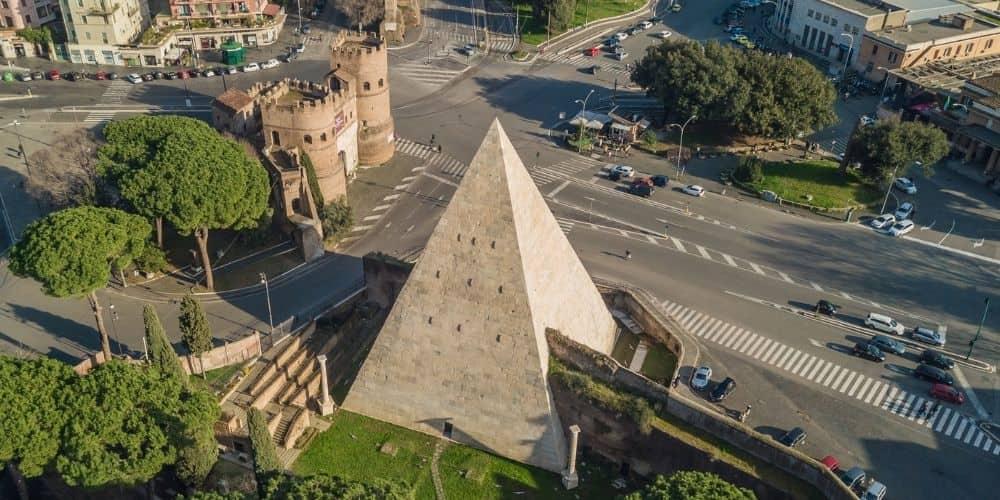
Among the most remarkable monuments, you can visit the famous Pyramid of Cestius, a funerary monument built between 18 and 12 BC for Caius Cestius, praetor, tribune of the plebs, and member of the College of the Septemviri Epulones. The Epulones were magistrates with the special function of organizing the sacred banquets in Rome. The Pyramid is literally incorporated into the rear perimeter of the Non-Catholic Cemetery (18th-19th century), where beautiful monumental tombs surrounded by greenery and silence rest among illustrious personalities such as John Keats, Percy Bysshe Skelley, as well as the Italian politician Antonio Gramsci and the writer Andrea Camilleri. The tombs can be visited independently or with the help of guides and are truly a peaceful, exciting and fascinating place.
An obligatory and unavoidable stop is the Slaughterhouse complex, built between 1888 and 1891 and considered one of the best examples of industrial architecture. The combination of the modern industrial style and the working-class vocation of the district is very unusual. It is quite particular to think that the former slaughterhouse, where livestock was slaughtered to obtain meat for the city, is now a redeveloped space for culture and art, hosting exhibitions and temporary shows. The multifaceted character is precisely what makes Testaccio a unique and inimitable neighbourhood.
2.EUR
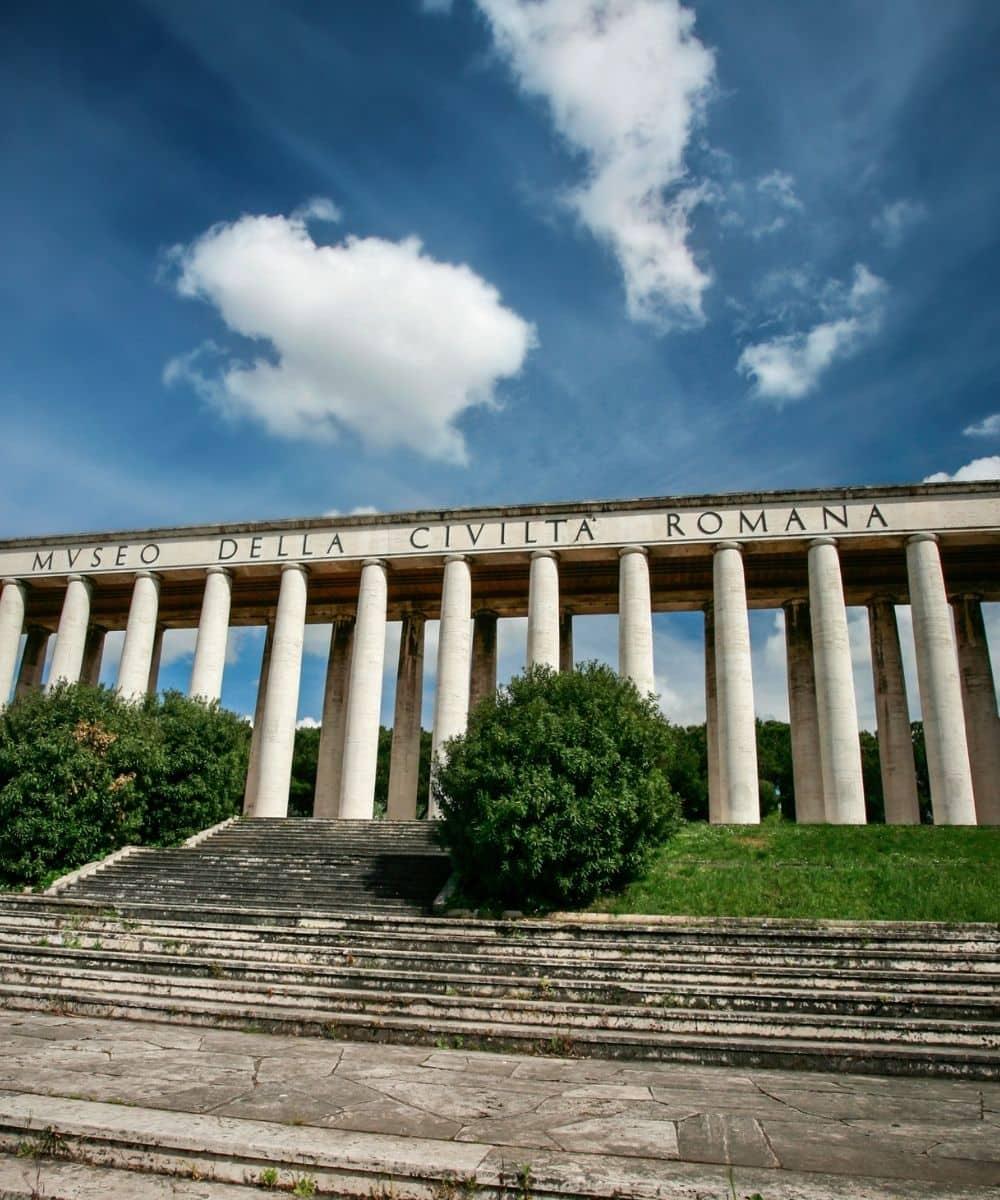
To the south of the city, we can appreciate the EUR district, whose name is an acronym for Universal Exhibition of Rome (E.U.R.), which was planned for 1942 but never saw the light of day due to the outbreak of World War II. Designed in the 1930s and also known as E42, with its examples of monumental architecture it is an urban complex of considerable interest. This area was chosen to create an ideal link between Imperial Rome (the Baths of Caracalla) and the Tyrrhenian Sea along the Via Imperiale (today Via Cristoforo Colombo). The original project, which was never completed, was revised and redefined during the following years. The district was completed towards the end of the 1950s, in preparation for the Games of the XVII Olympiad, also known as Rome '60. Modern buildings, congress buildings, sports facilities, and green areas were built, including Palazzo dello Sport (sports palace), the Olympic Velodrome (demolished in 2008), the ENI Palace, the Ligini Towers, and the Central Lake Park. In the complex, there is a museum hub including the Museum of Roman Civilization, the Planetarium, and the Museum of Civilizations (which brings together Luigi Pigorini Prehistoric and Ethnographic Museum, the Museum of Popular Arts and Traditions, the Museum of the Early Middle Ages and the Museum of Oriental Art). Clearly fascist and inspired by Roman classicism, it took on the elements of Italian Rationalism, which aims to represent a continuum with "tradition that is transformed, taking on new aspects".
Eur and Rationalist Architecture
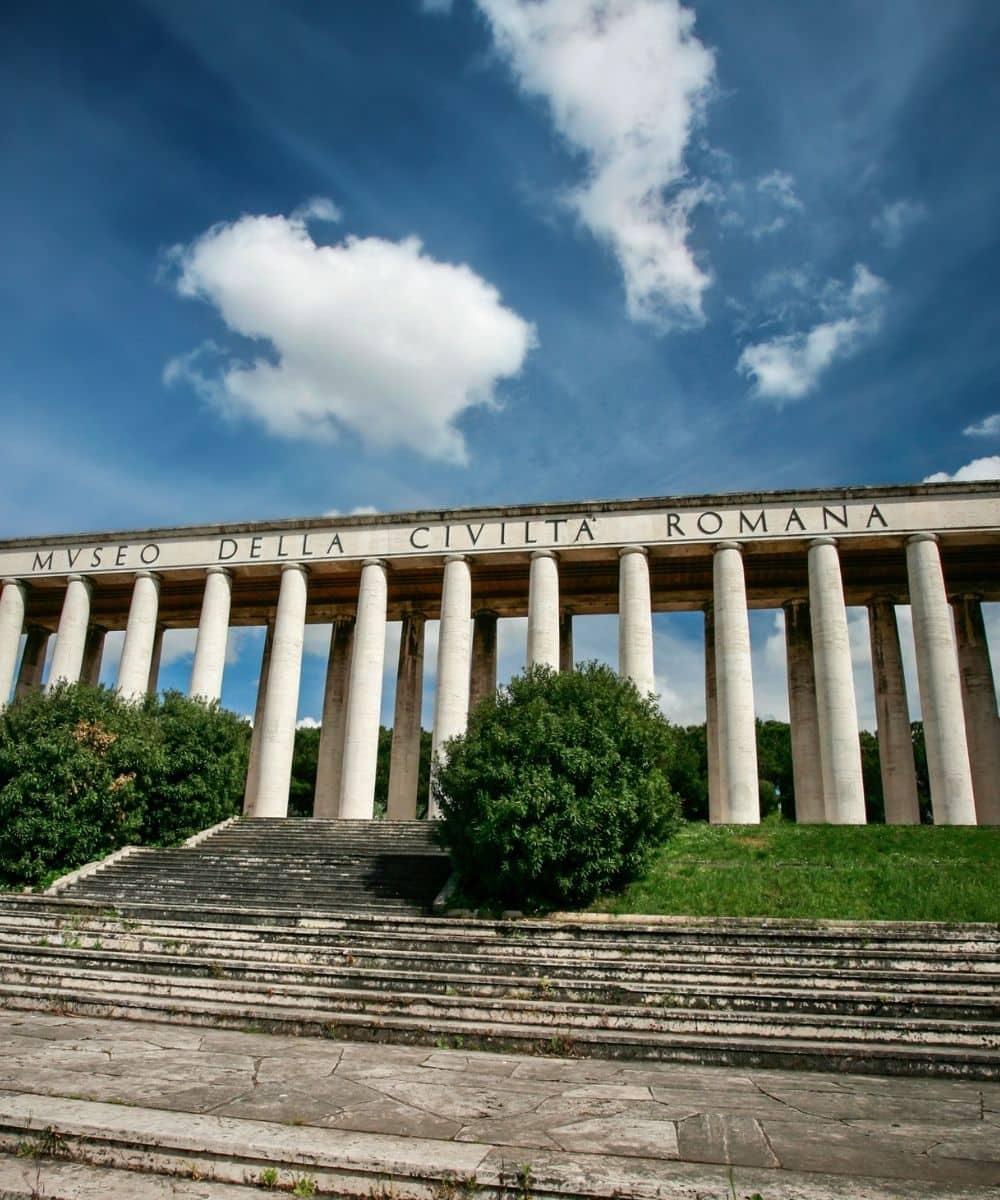
The greatest example of this architectural movement of the 1920s and 1930s is undoubtedly the Palazzo della Civiltà Italiana (literally Palace of the Italian Civilization) or Palazzo della Civiltà del Lavoro. It is a square, parallelepiped-shaped building with four identical facades, made of reinforced concrete and entirely covered in travertine. Each façade has 6 levels with 9 arches, for a total of 216 arches on the 4 faces, which earned it the nickname of Square Colosseum or Gruyère cheese. The building, declared a monument of national interest by the Ministry of Culture in 2004, is used for exhibitions and museums. The inscription "A people of poets, artists, heroes, saints, thinkers, scientists, navigators, and transmigrators" at its top is very famous. The palace is currently rented out to a famous haute couture house.
Walking through EUR, we cannot fail to appreciate the elegant layout of a district still deeply marked by the signs of the past, characterized by wide avenues, which is an office area and the financial centre of the Capital. It is one of the greenest area of the whole city. At night, is home to social life with its various trendy clubs.
1. Garbatella
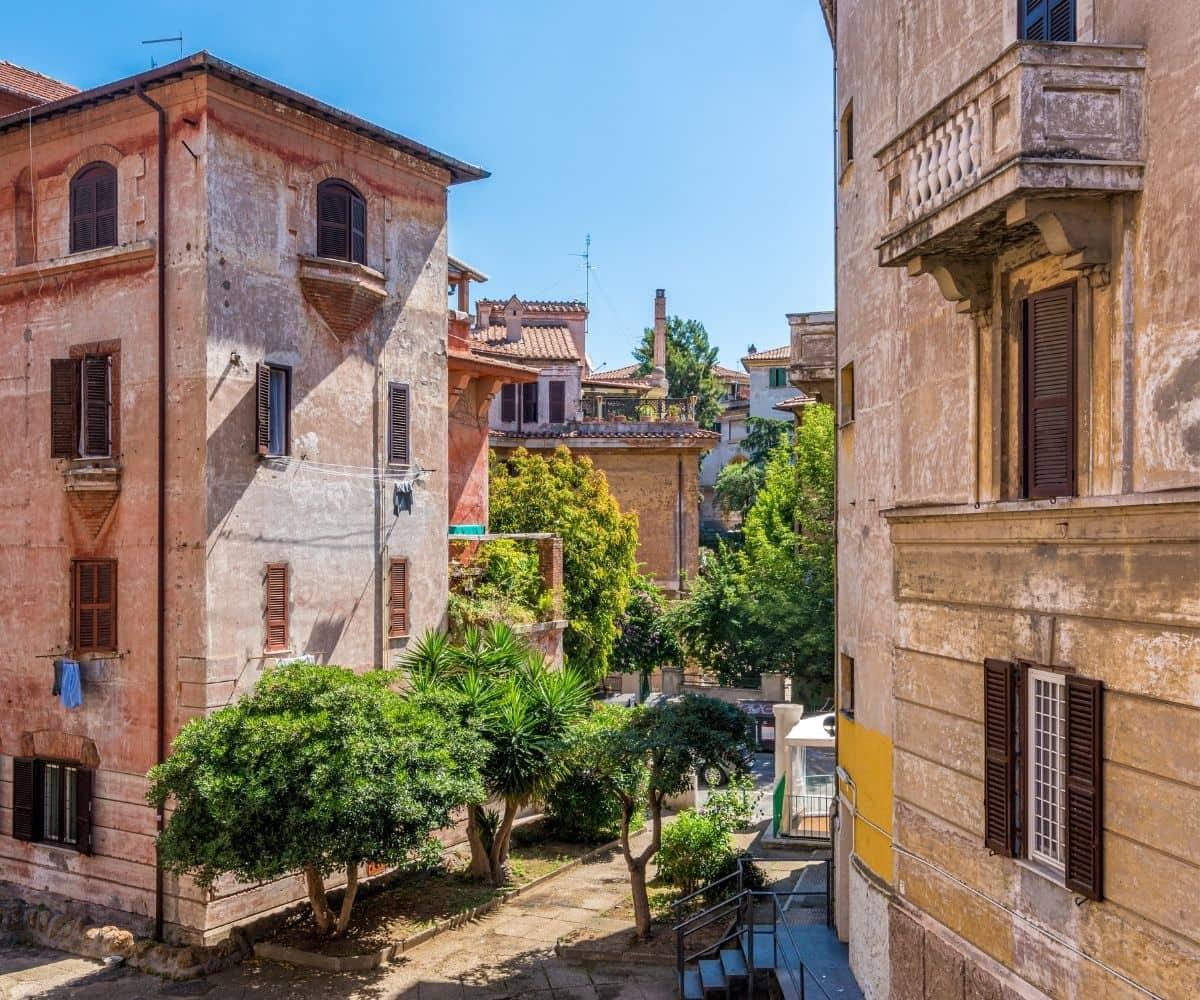
This historic district of Rome is located in the Ostiense area, close to Via Cristoforo Colombo, not far from Eur and within walking distance of the Lazio Region headquarters. With its particular charm and popular traditions, it will literally enchant us. The former suburb was built from the 1920s onwards in a context of city building redefinition initiated immediately after the end of the First World War. The district was designed as an English-inspired "garden district" with several residential lots characterized by low, orange, yellow, and red buildings to receive the workers and families of the nearby commercial port, also known as the river port. Later, from the 1930s onwards, it began to be massively populated by welcoming the displaced families from Spina di Borgo (a series of buildings between St. Peter's Square and Castel Sant'Angelo) demolished at the behest of Benito Mussolini and absorbed into today's Via della Conciliazione. The new road layout and the consequent creation of Via Fori Imperiali also had repercussions on the population of Garbatella. In fact, this 900-meter-long and 30-meter-wide straight street, which links the Altare della Patria to the Colosseum and crosses the fabulous archaeological area of the Fori Imperiali, contained houses that were gutted to meet urban planning requirements aimed at progress, development, and the future. The origin of the name Garbatella is curious and singular: it seems to derive from "Garbata" (polite, gentle) and "ostella" (hostess) or "Garbata" and "bella" (beautiful) in honour of a woman who was polite and beautiful in her treatment of her customers. Garbatella is nothing more than a contraction of the terms just mentioned. Although it is a legend, there are some traces in reality, and in particular near Piazza Bonomelli, at lot n. 27 on one of the facades, we can see a female bust that is said to depict the hostess named Maria or Carlotta. Whether invention or reality, this veil of mystery can only make our visit even more interesting.
Via delle Sette Chiese and places not to be missed
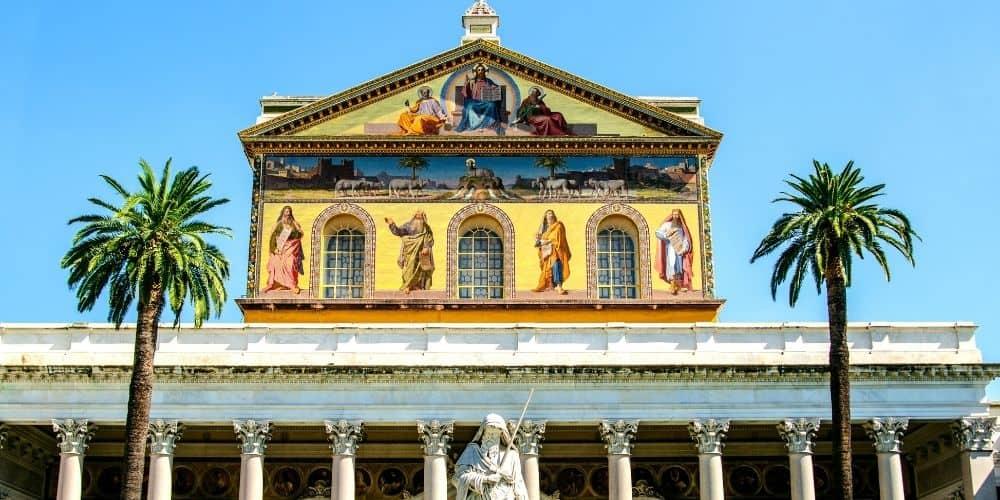
Before Garbatella was built, the area was teeming with taverns and inns catering to the many pilgrims passing along Via delle Sette Chiese (literally "street of the seven churches") on their way to the Basilica of St Paul. The street, the most important in the district, takes its name from the Tour of the Seven Churches, as it was the link between the main churches in Rome since medieval times. Garbatella, a popular neighbourhood with great traditions, is truly the heart of Rome. Its buildings in the style known as Barocchetto Romano, its greenery, and its suggestive and unique views make it the ideal destination for a walk in a green oasis in the capital.
One of the symbols of Garbatella is Piazza Giovanni da Triora, which became famous thanks to the TV series "I Cesaroni", chosen as the set for the bar of the brothers Giulio and Cesare - not by chance two famous names in the history of Rome - which is actually home to the Roma Club Garbatella, a reference point for all A.S.Roma supporters. Charming and romantic, the Lovers' Staircase was the favourite meeting point for couples in the post-war period. Right at the foot of the staircase, we find is the so-called Fountain of Carlotta, which reproduces the face of a beautiful woman. Perhaps a tribute to the legendary woman who gave her name to the district itself? In Piazza Bartolomeo Romano, built according to Liberty style in 1927 by the architect Innocenzo Sabbatini, stands the Palladium Theatre. Then, the building called Scoletta (namely, small school) by the inhabitants of the neighbourhood, which currently houses a nursery school, is also of great artistic value, being a 16th-century villa that was in turn recovered from an ancient Roman villa dating back to the 1st century AD.
Because of its special fairy-tale and suggestive atmosphere, Garbatella has hosted the shooting of many films and TV series such as "Caro Diario" di Nanni Moretti, "C'eravamo tanto amati" di Ettore Scola, "Le Ragazze di Piazza di Spagna" di Luciano Emmer, "Totò e Marcellino"... Wherever you look, every corner is steeped in history and tradition.
About the author
Written on 23/07/2021

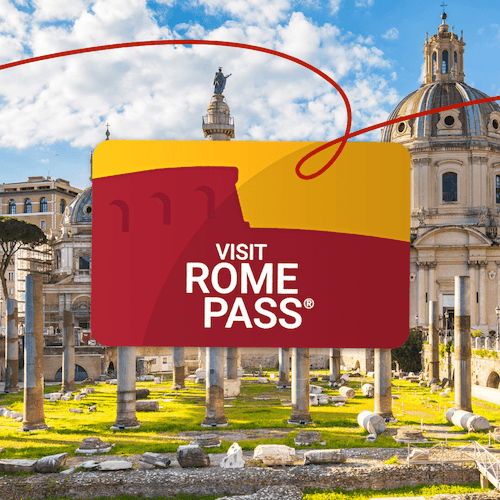
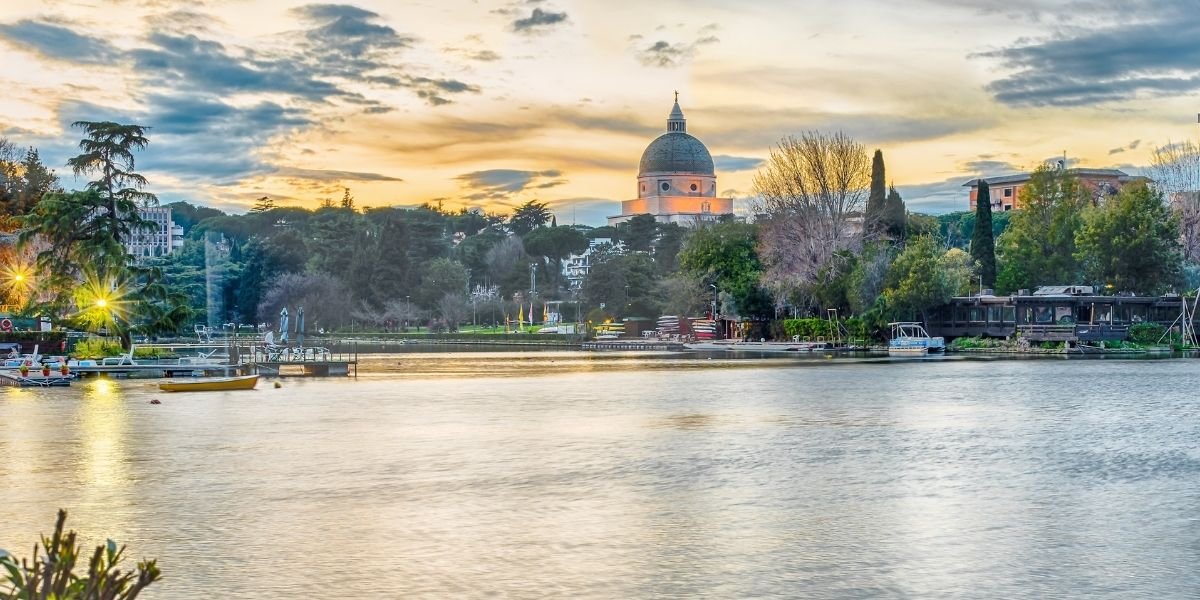

Alessandra Festa
Rome, an authentic open-air museum, where every corner is history, culture, and traditions. Each district of the Eternal City will amaze you with its particular beauty and unique features.